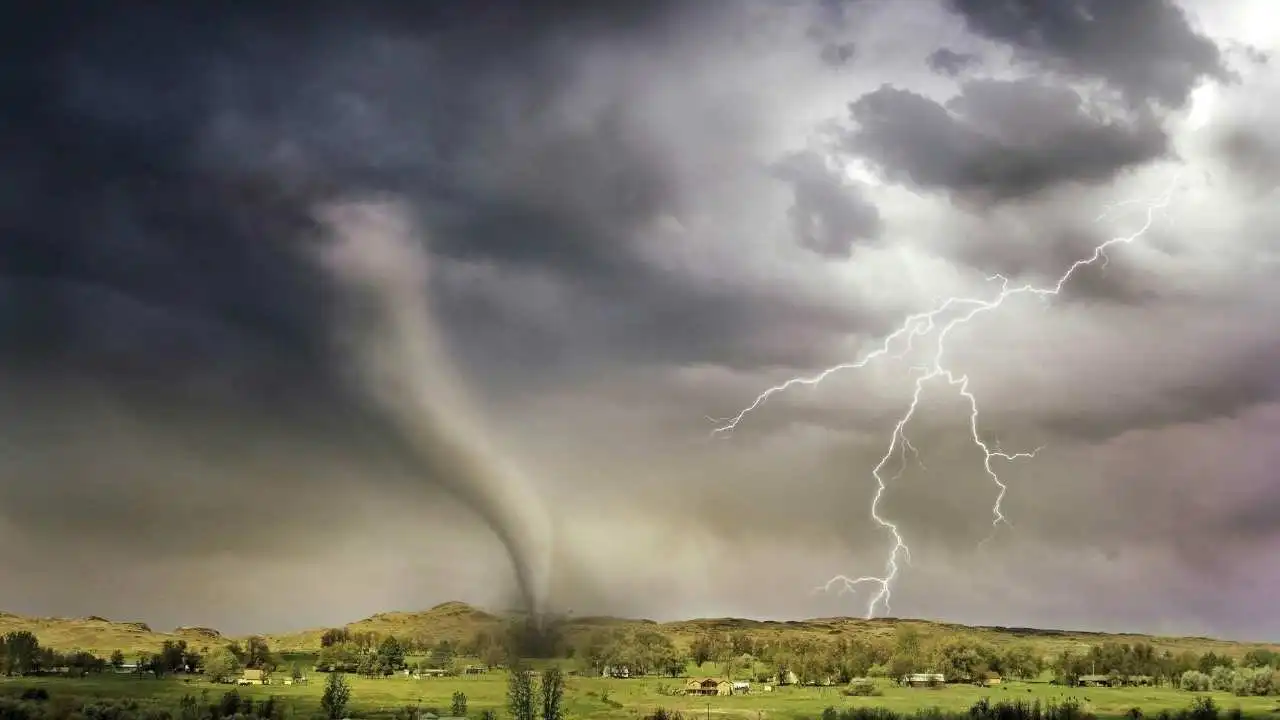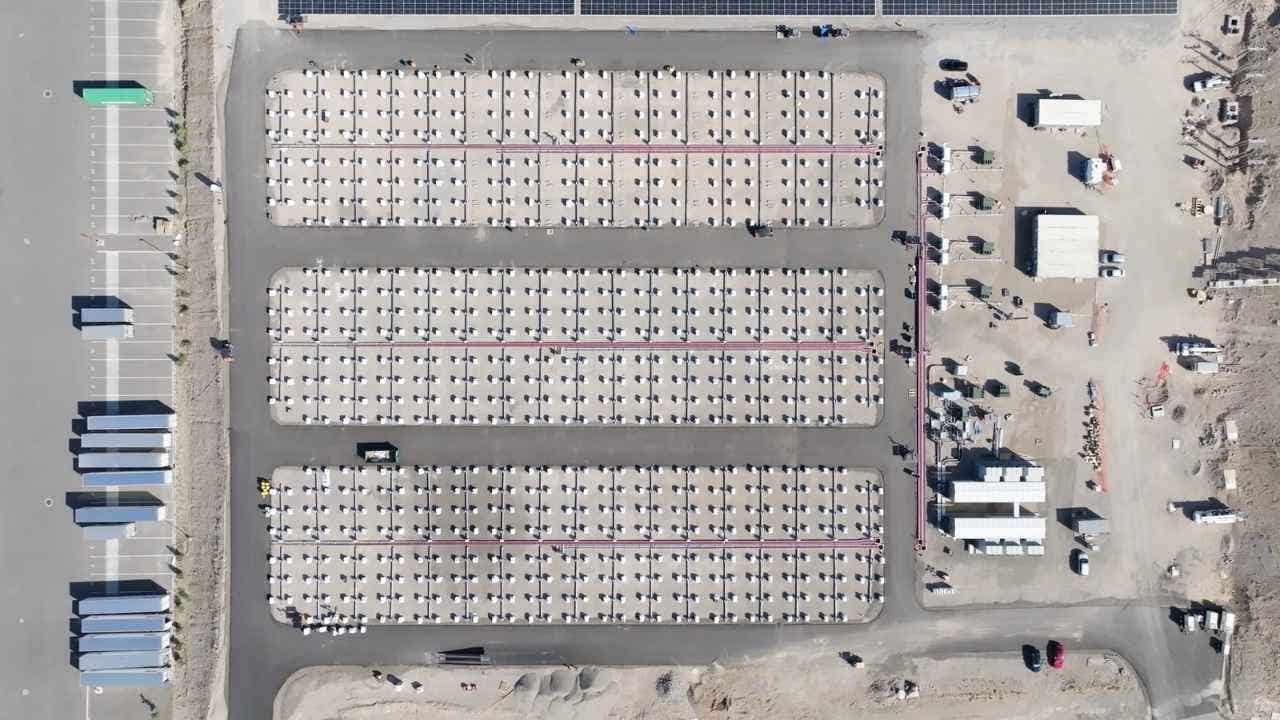Kissing moons may explain why Earth’s moon is so large

Dwarf planet Pluto and our Earth are unique in our solar system for having very large moons. This rarity has led scientists to propose a “kiss and capture” process as the explanation for how these moons came to be so large. This process preserves the moon’s size and results in a double-planet system rather than a planet and moon.
The moon of Earth, at 3,476 kilometres in diameter, is unusually large compared to our planet. Most moons in our solar system are much smaller in comparison. The moons of Jupiter and Saturn likely formed during the early stages of the solar system, while smaller moons were likely captured asteroids. However, Pluto and its moon Charon, with Charon being half the size of Pluto, present a unique puzzle.
Researchers from the Southwest Research Institute in Texas have proposed a model to explain the formation of the Pluto-Charon system. They suggest that both objects started as independent bodies in the Kuiper Belt and came together in a gentle collision, forming a double-lobed structure resembling a dumbbell. Over time, they separated but remained in orbit around each other due to their mutual gravity.
This “kiss and capture” process allows both Pluto and Charon to retain their original size and structure. The Earth’s moon is believed to have formed from a similar violent collision, but with Pluto and Charon, the process was much gentler, preserving their integrity.
Recent exploration missions to objects near Pluto, such as Arrokoth and comet 67P/Churyumov-Gerasimenko, have revealed similar double-lobed structures that suggest this formation process may be common among smaller objects in the outer solar system.
The large moon of Pluto, Charon, may have generated enough heat through the impact and subsequent tidal forces to create the possibility of a liquid ocean beneath Pluto’s icy surface. This discovery is remarkable for a distant world like Pluto.
In conclusion, the “kiss and capture” process may explain the unique size and structure of the moons of Earth and Pluto. This process could be more common in the outer solar system than previously thought, shedding light on the formation of celestial bodies in our solar system.




